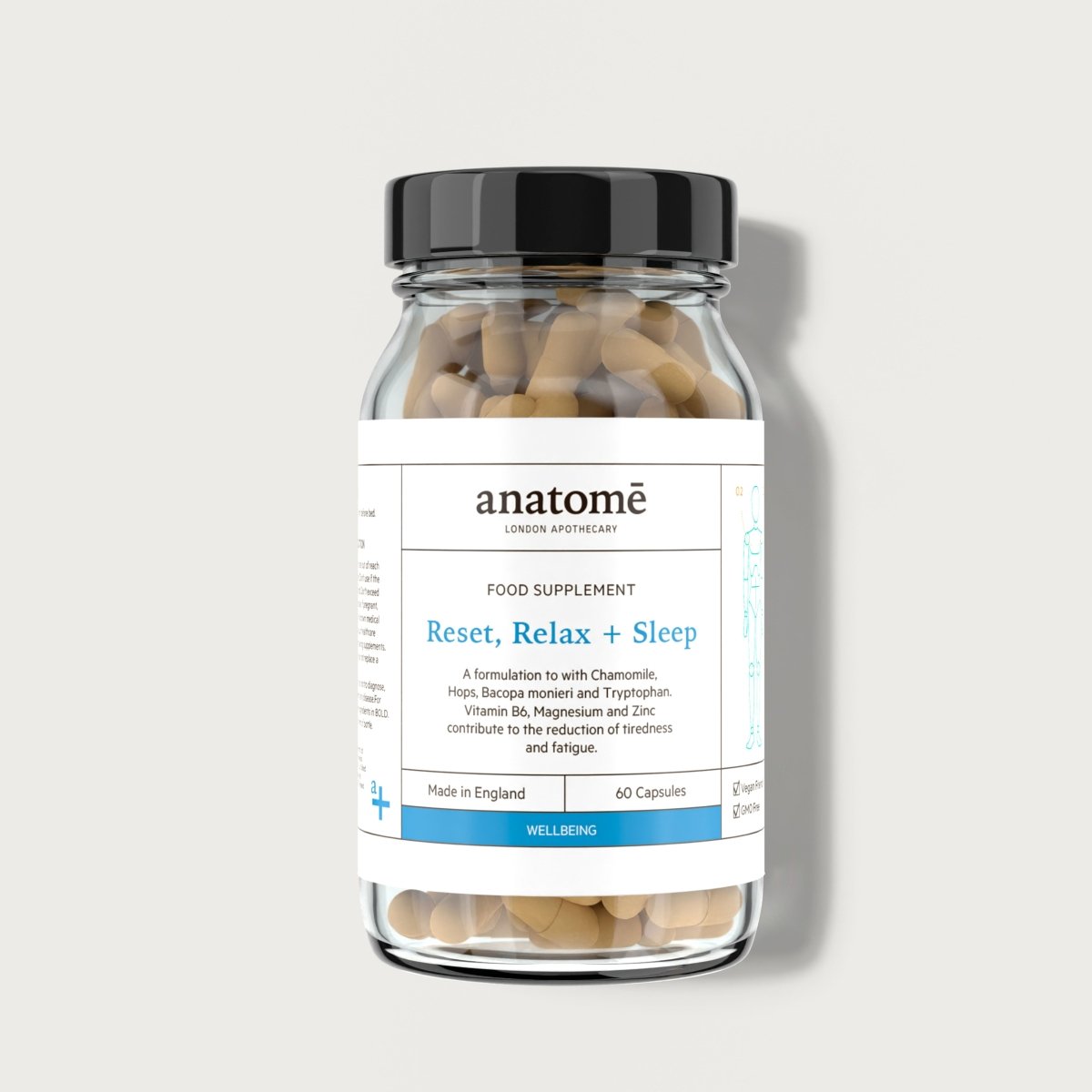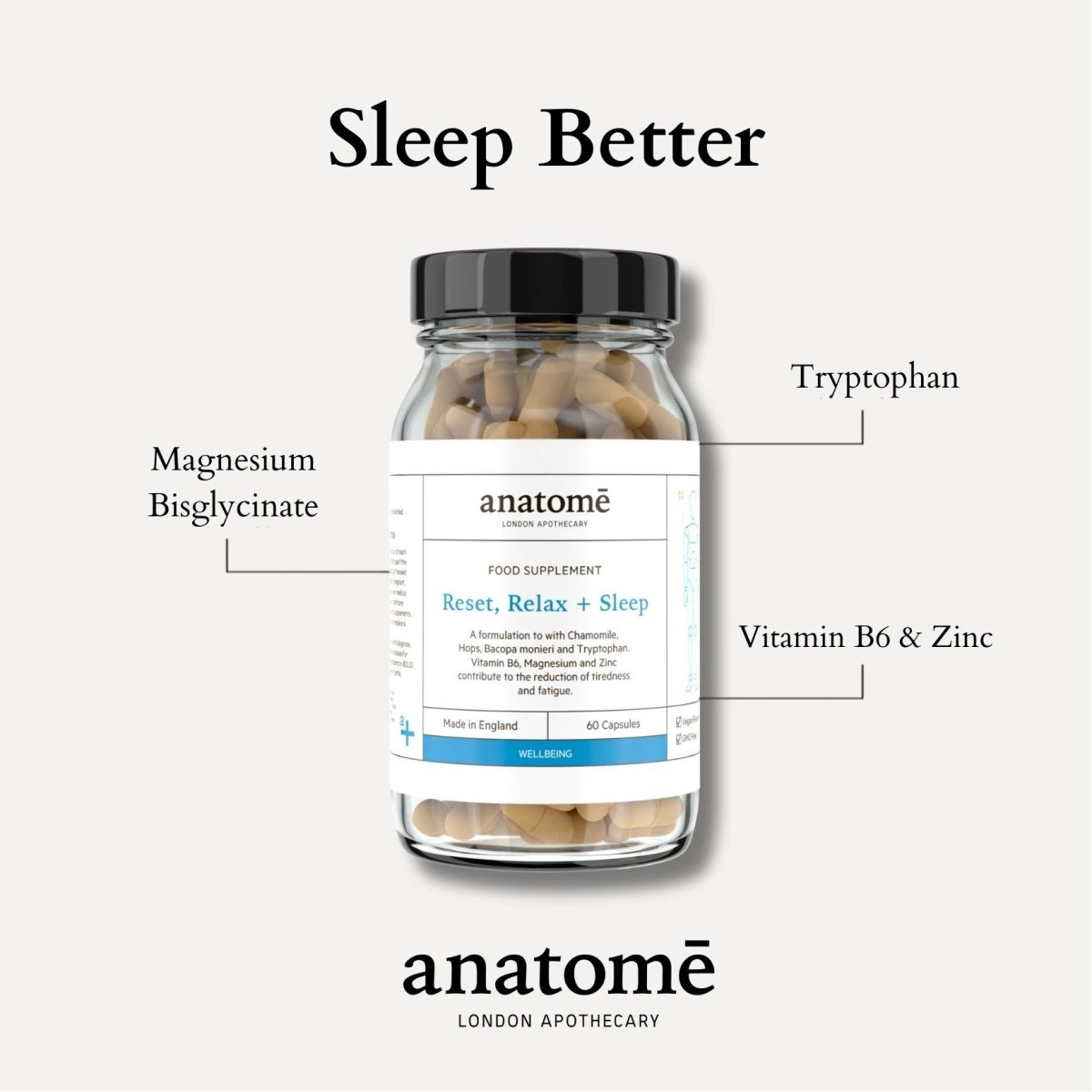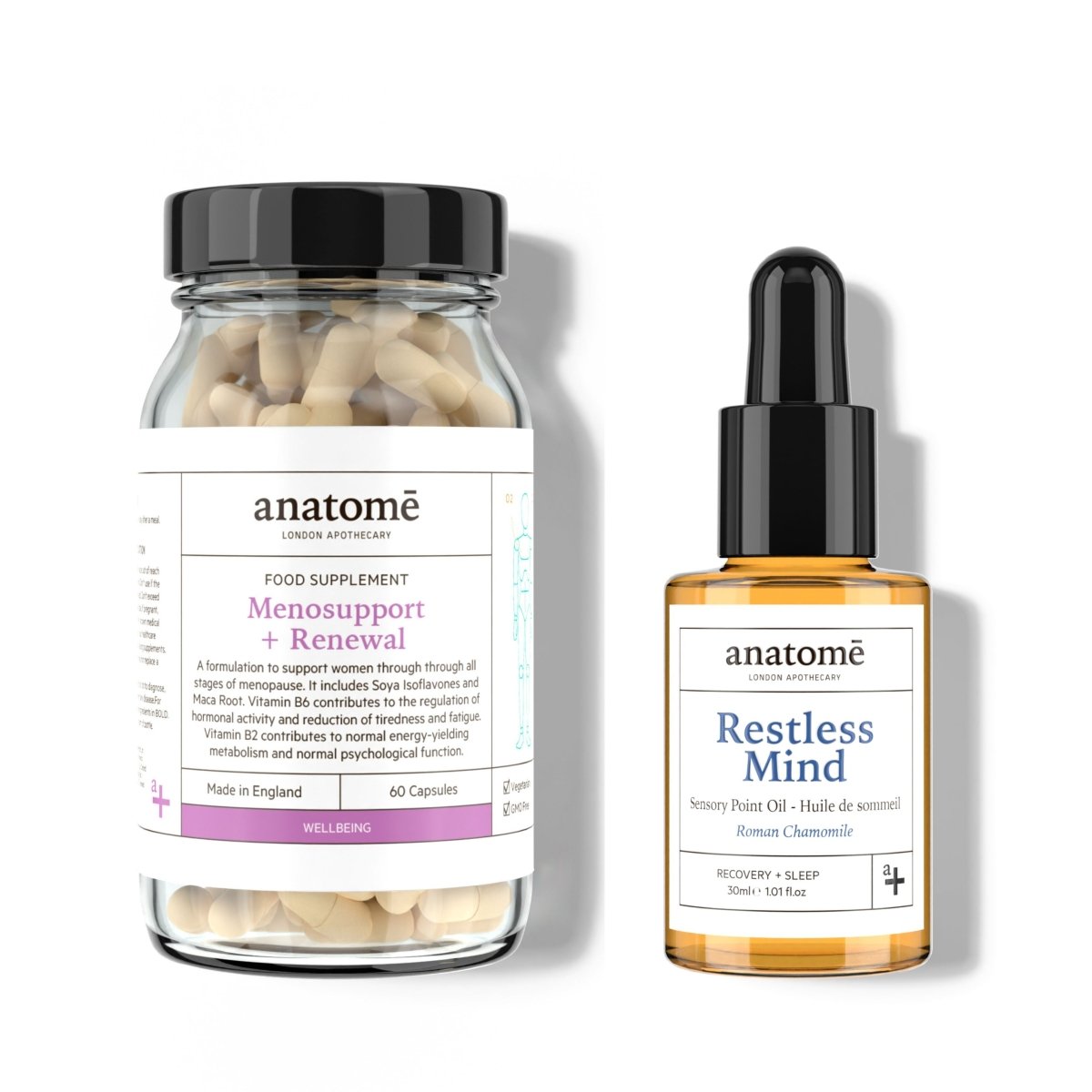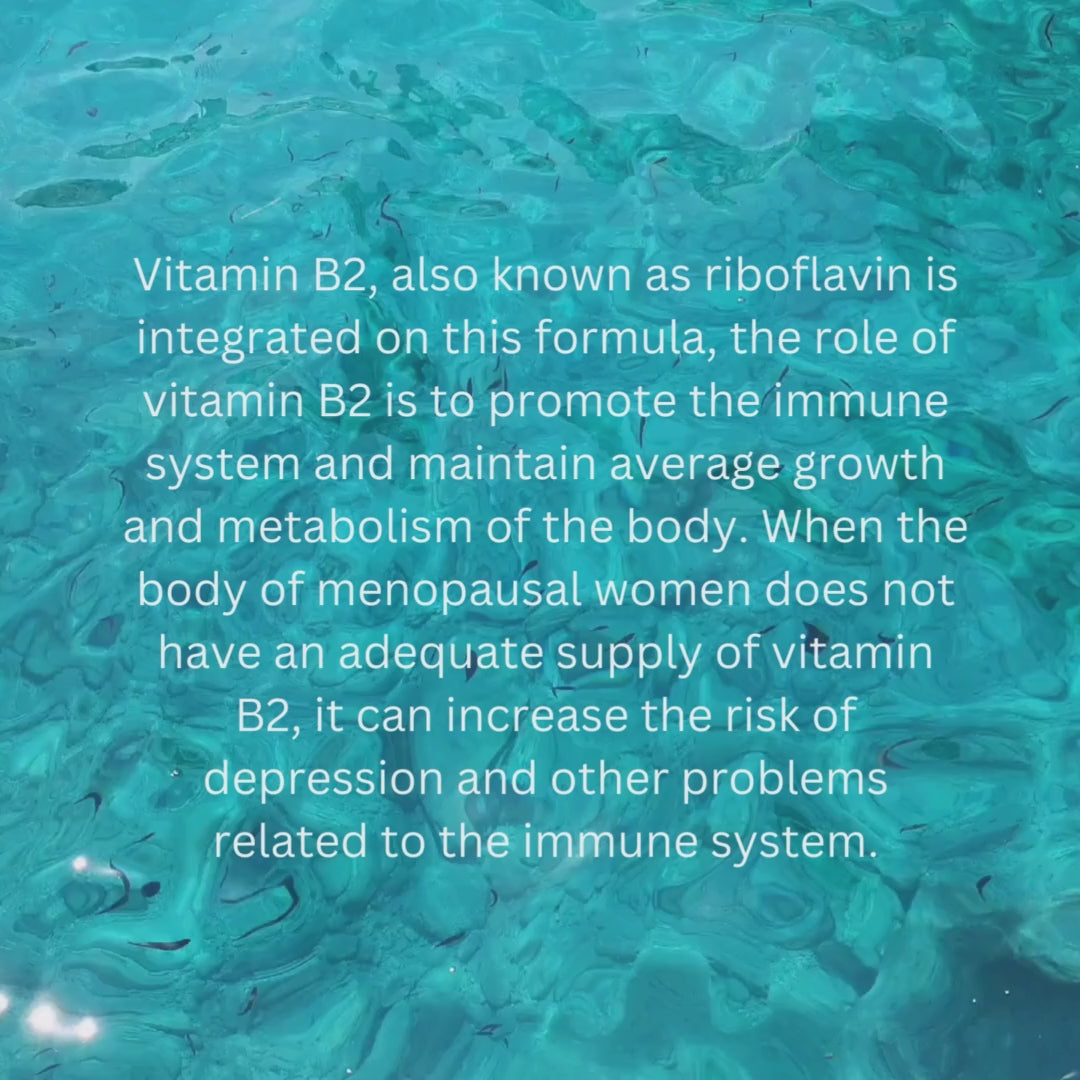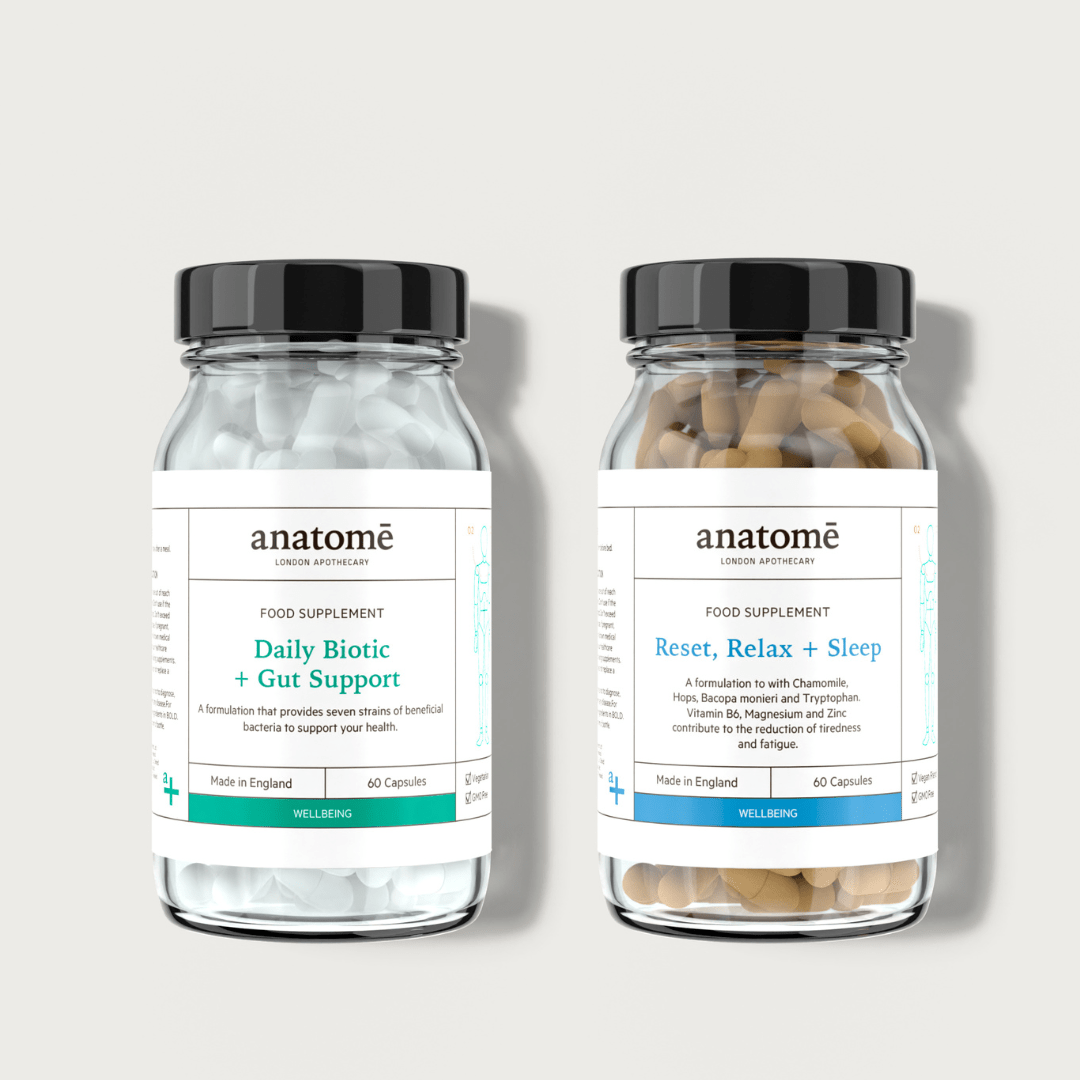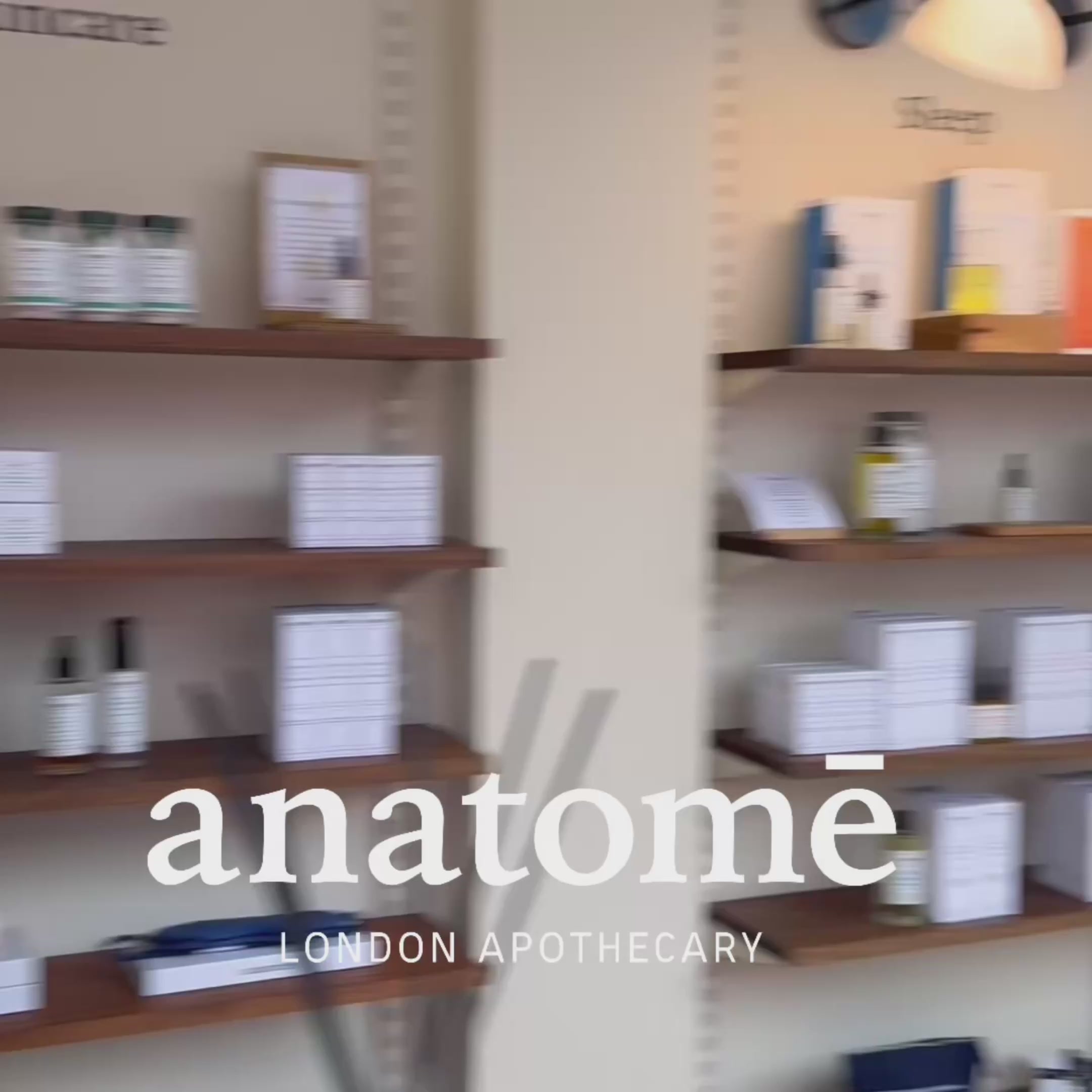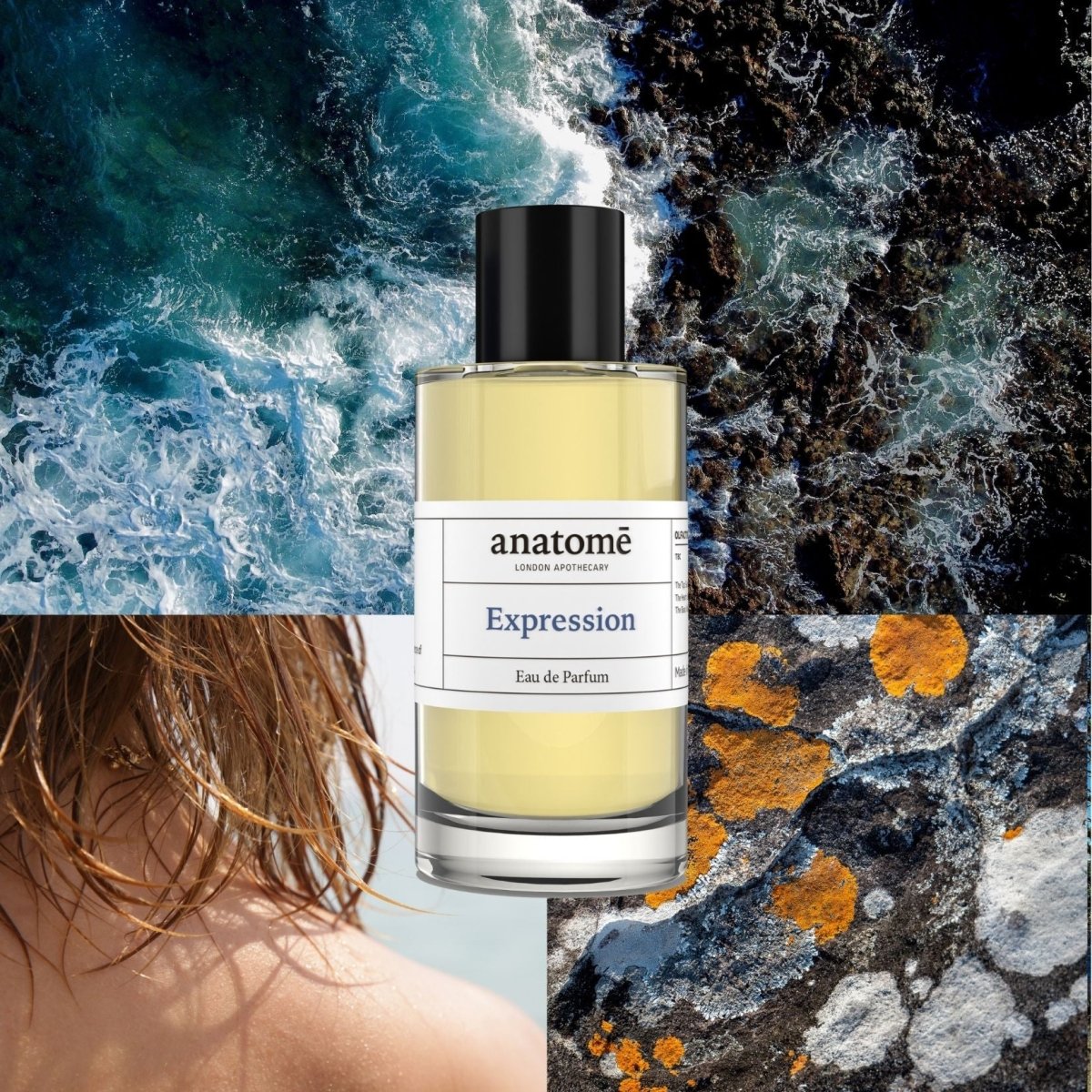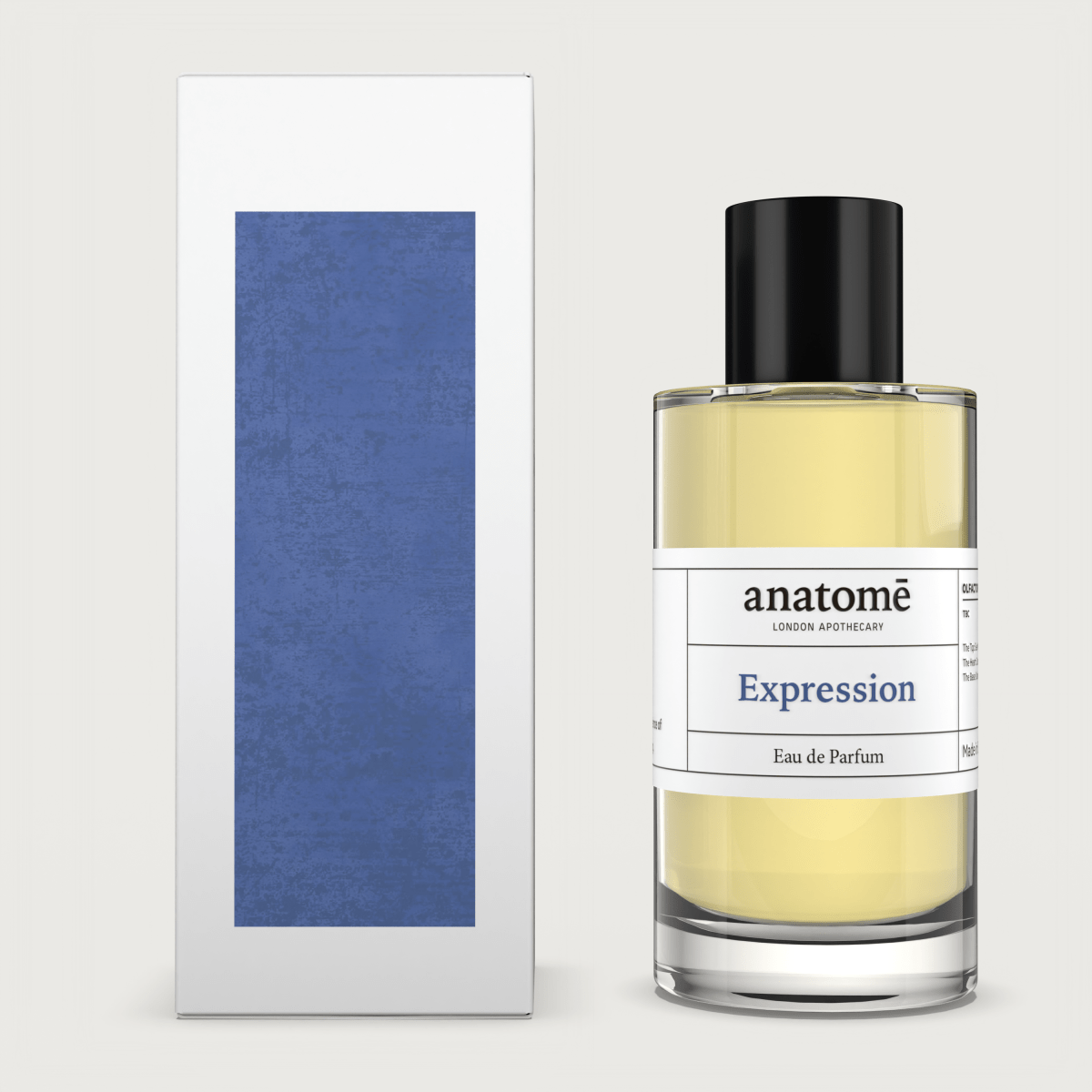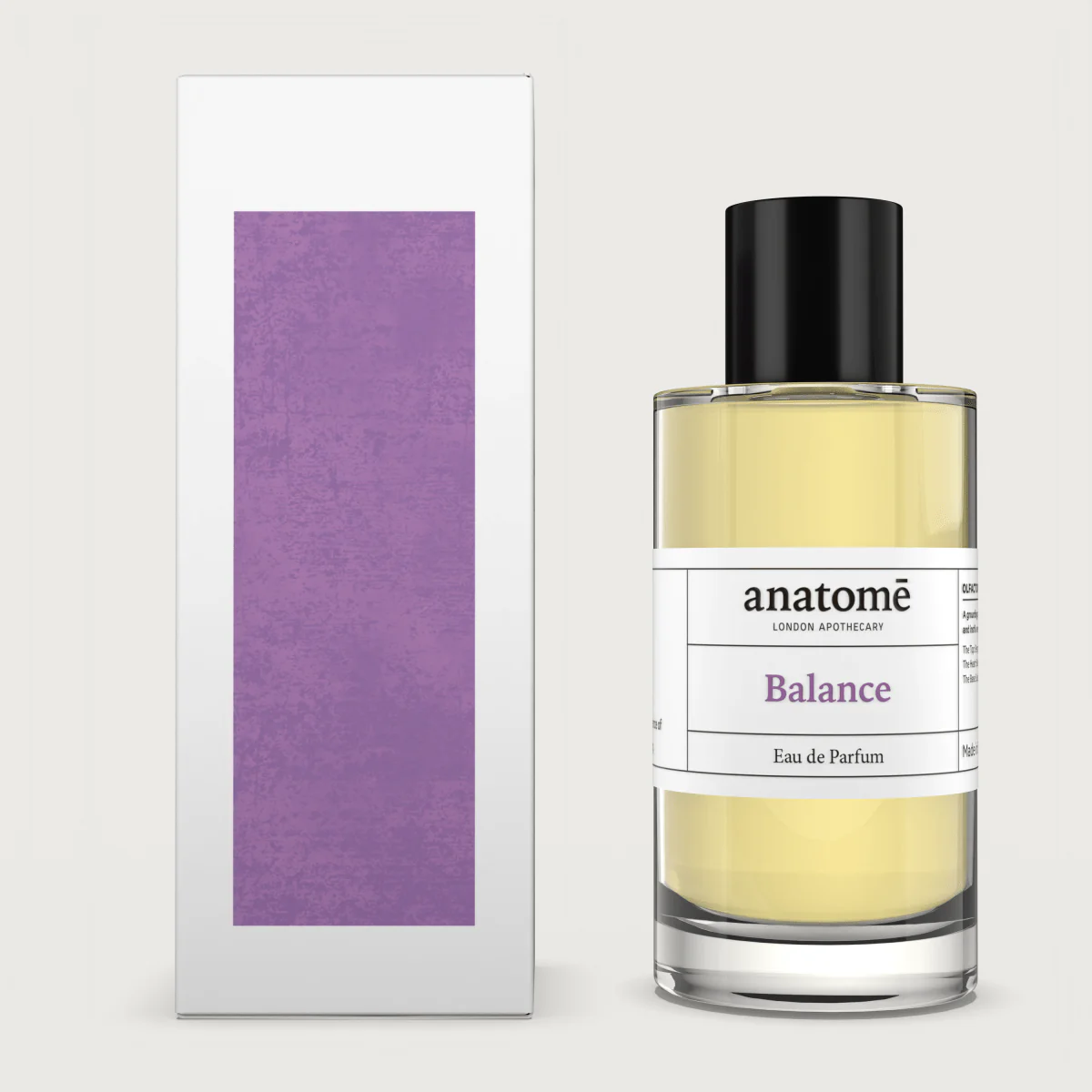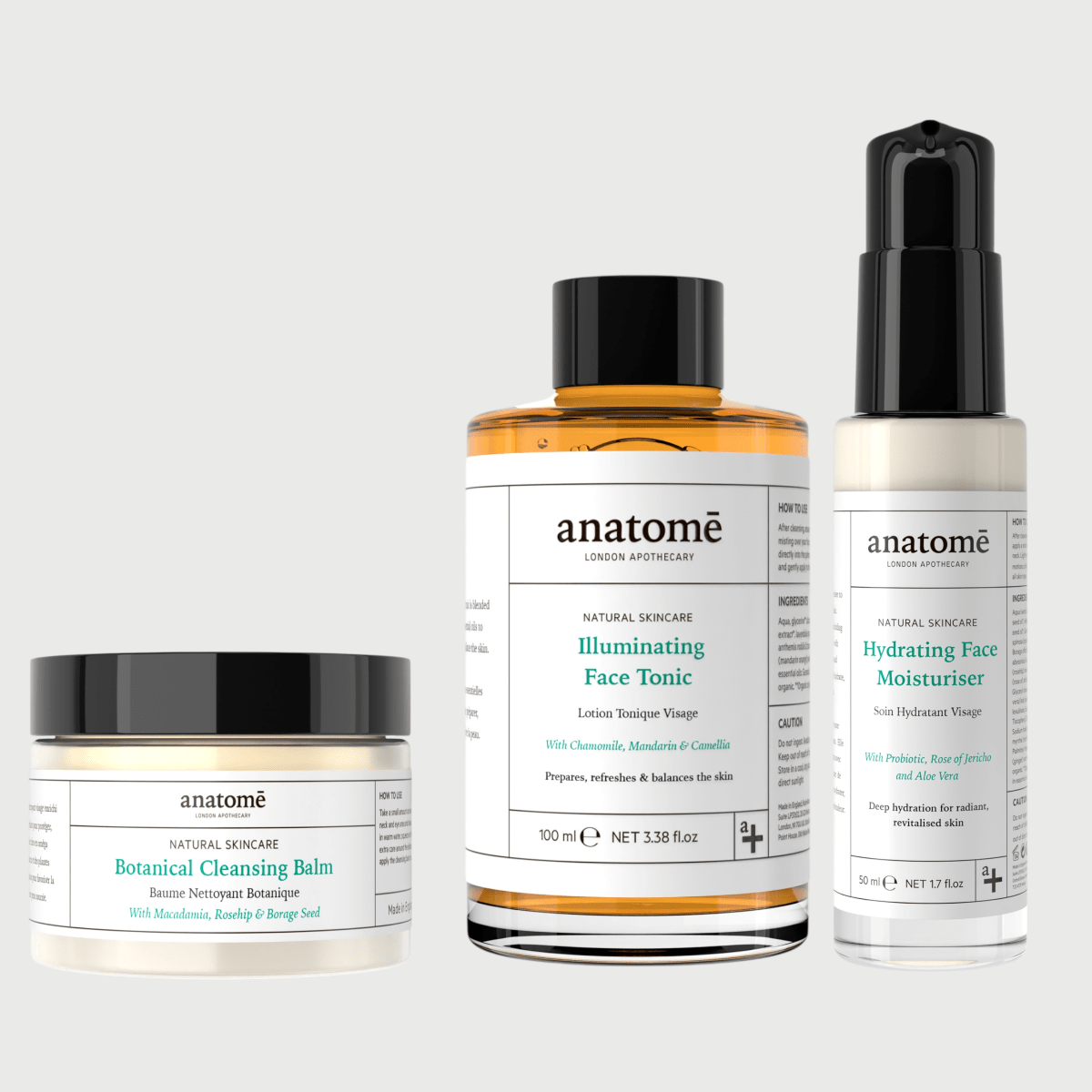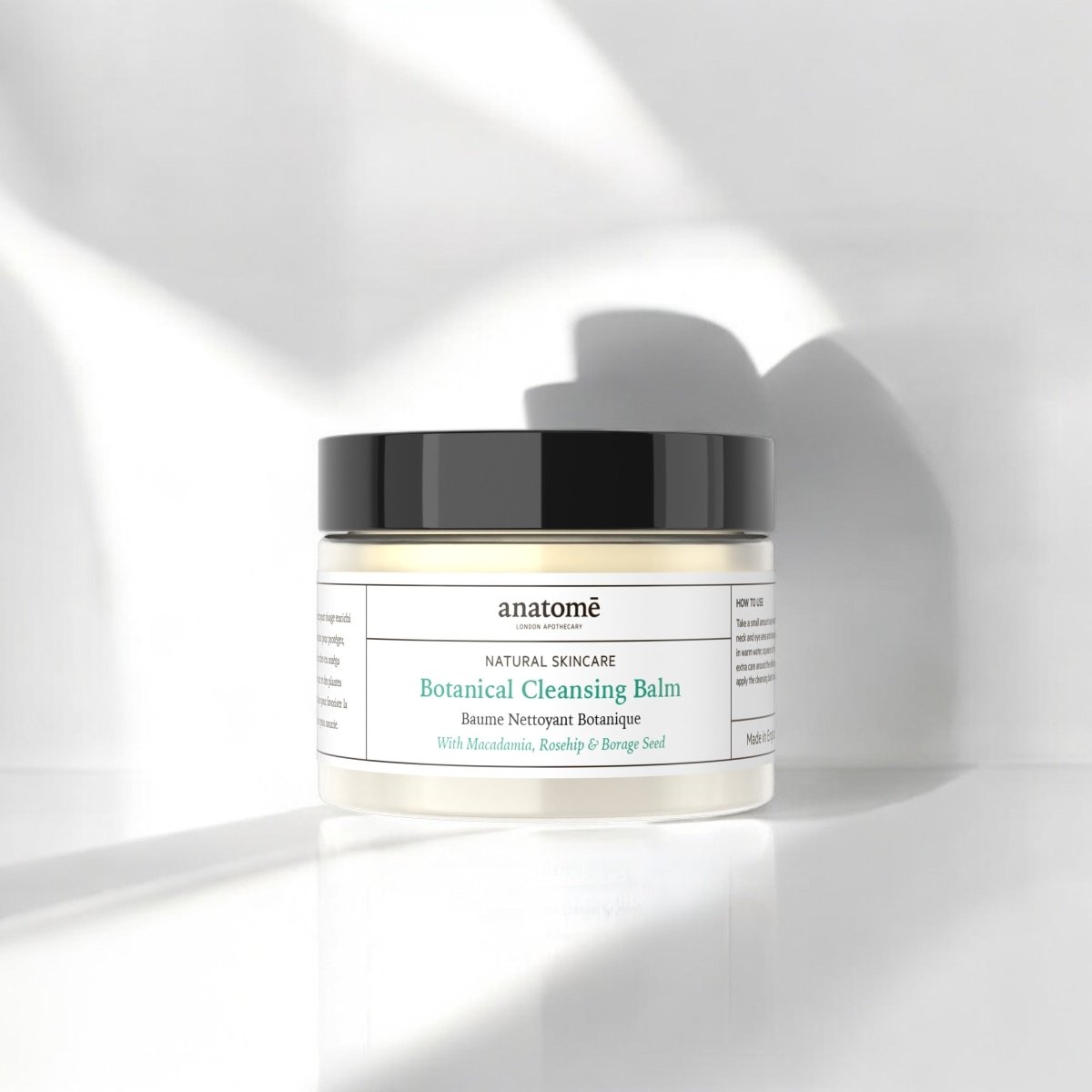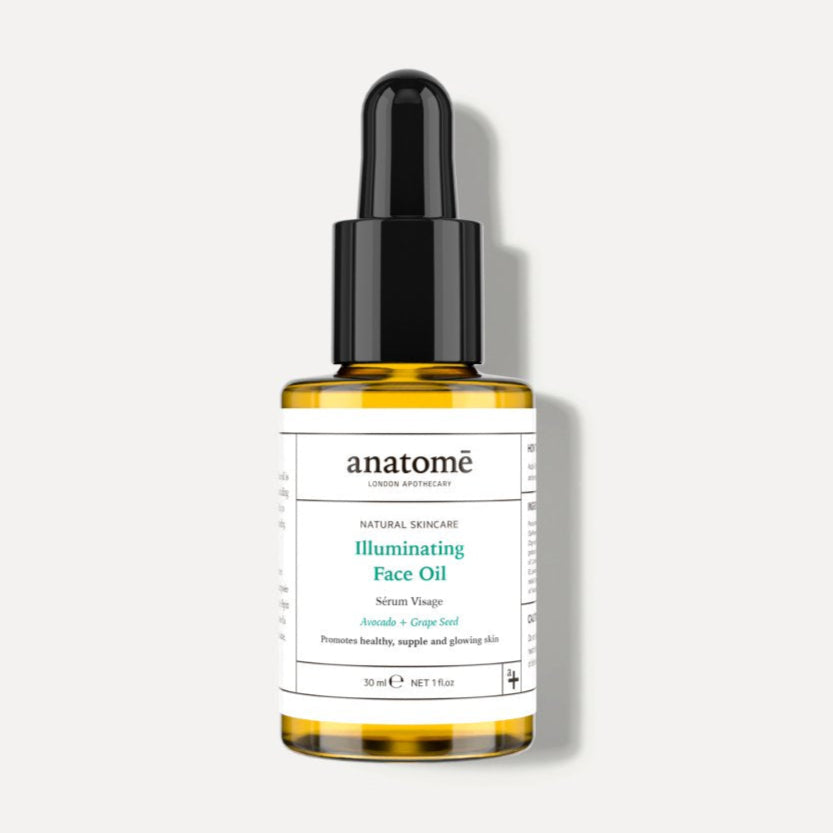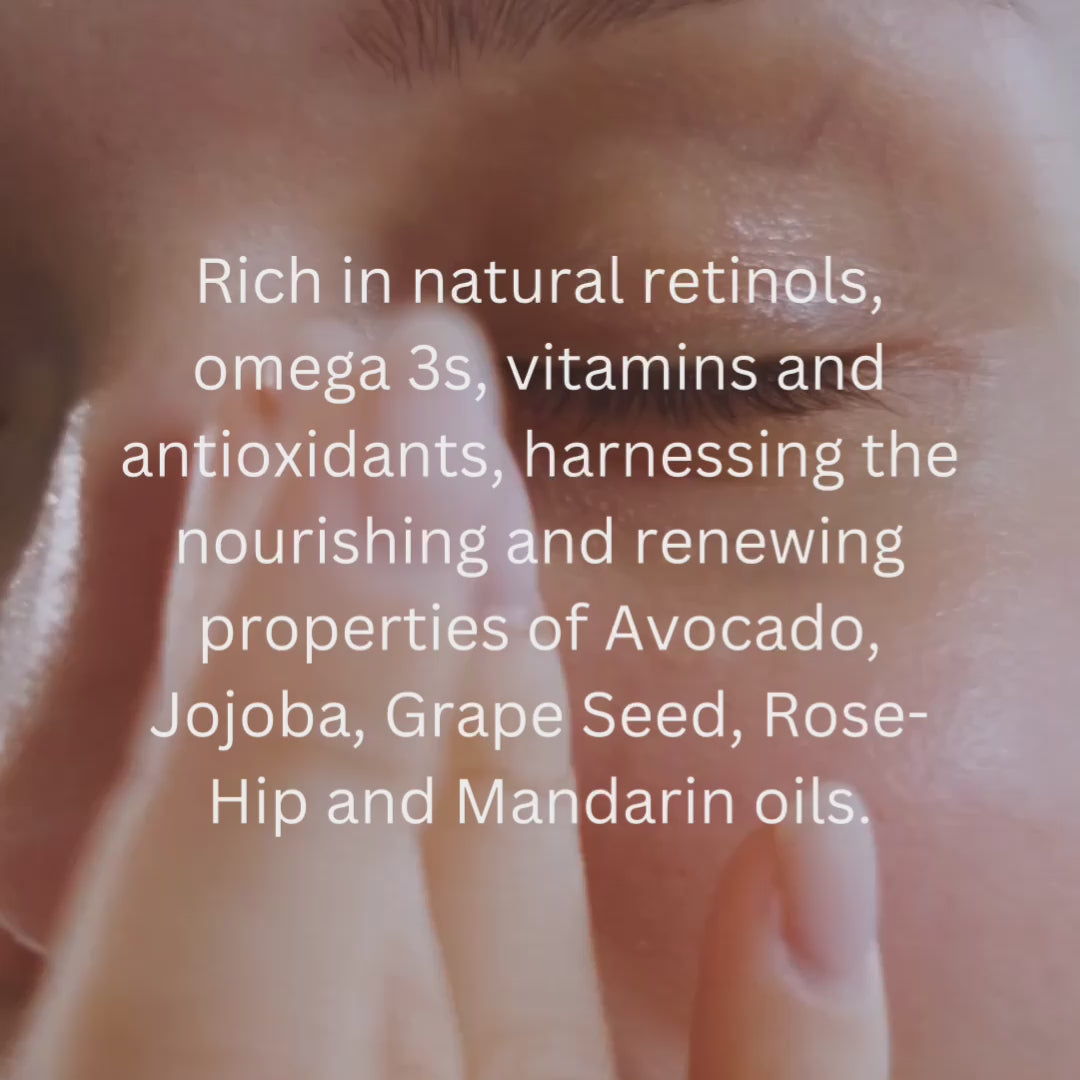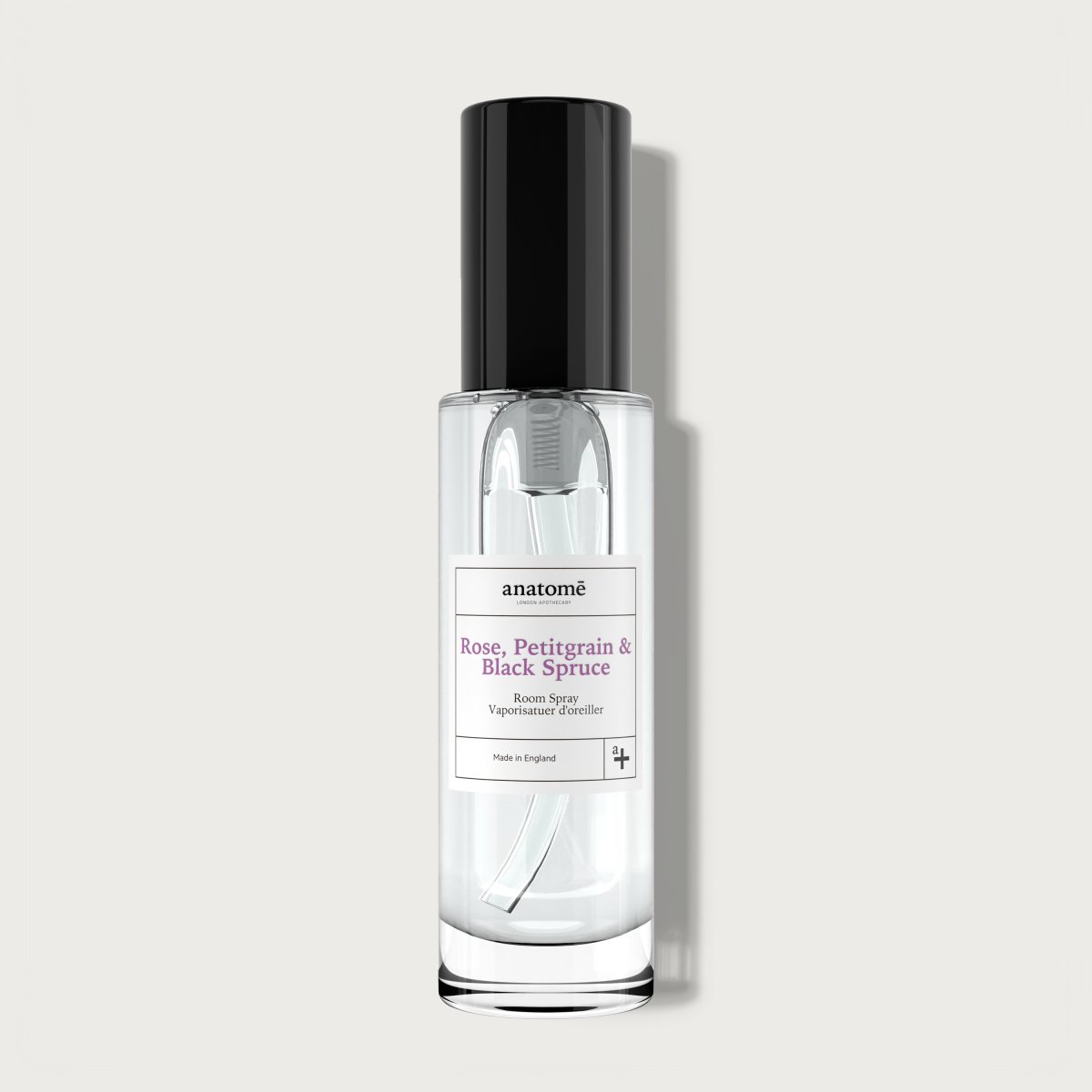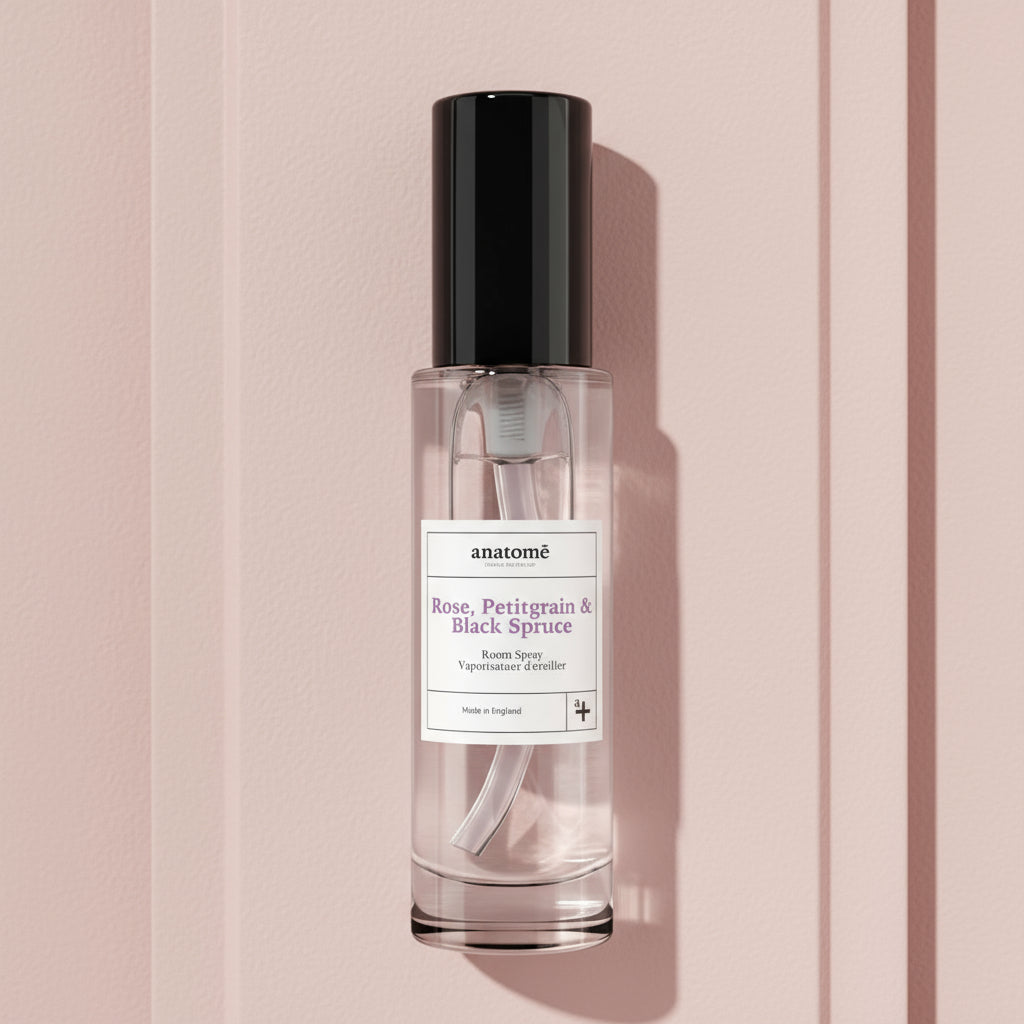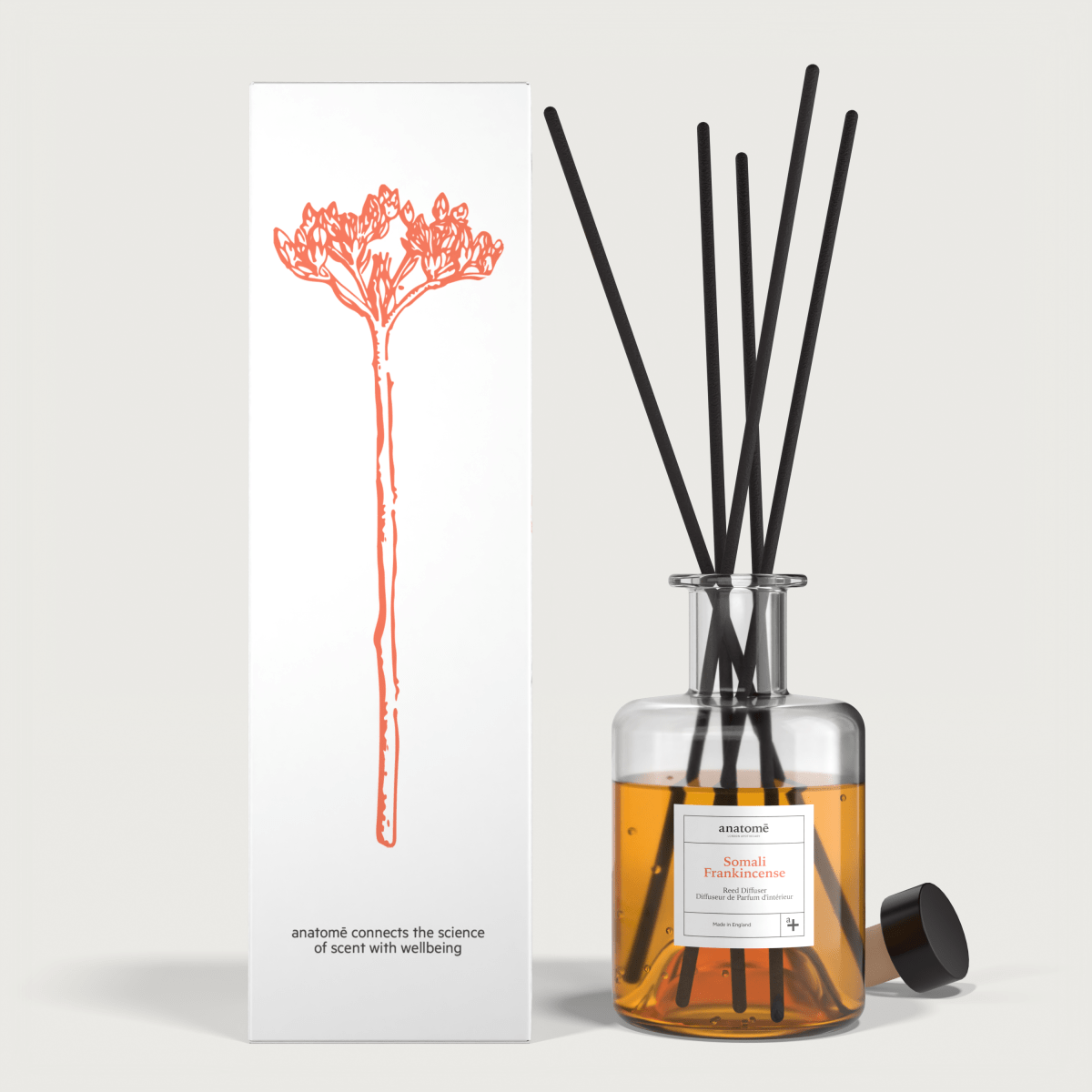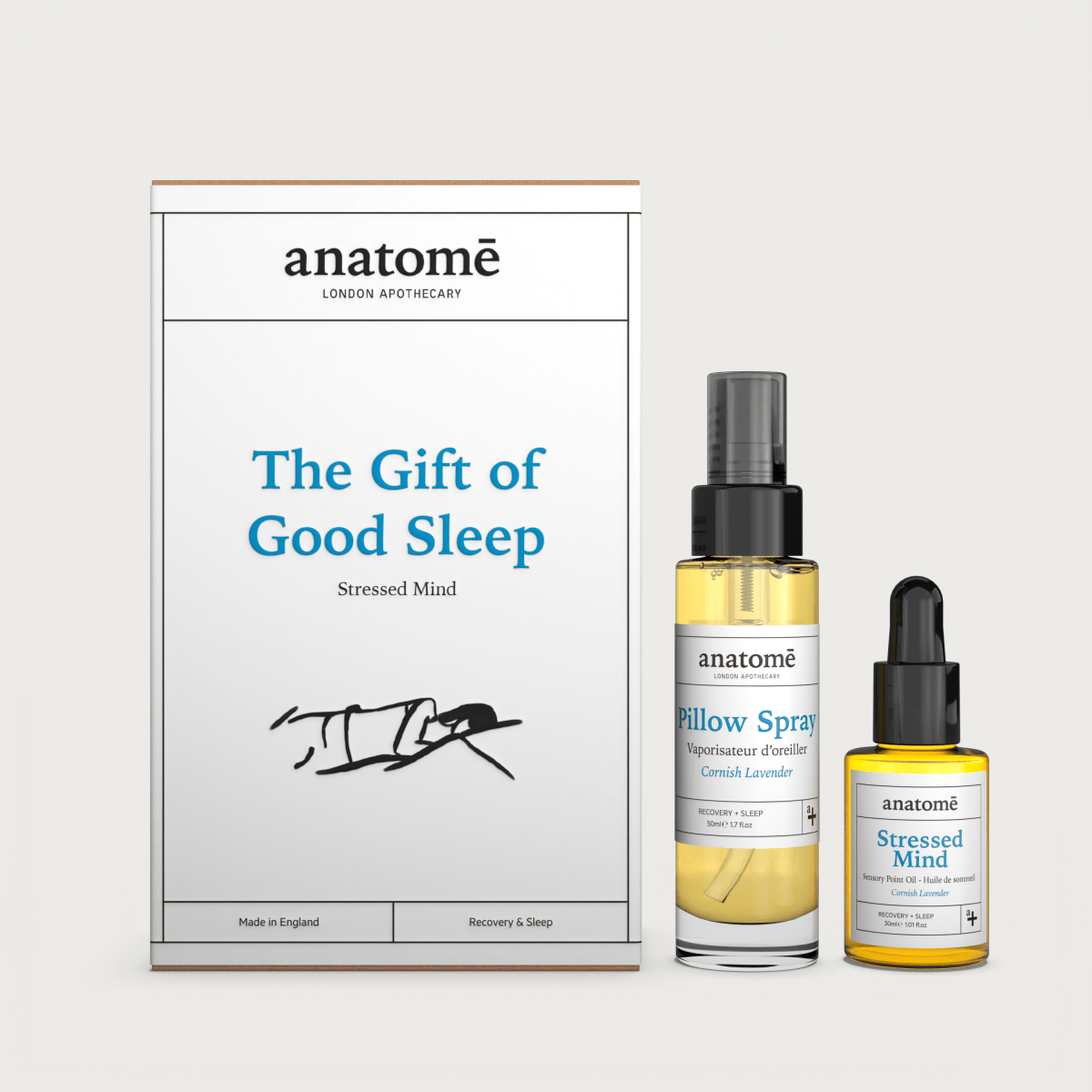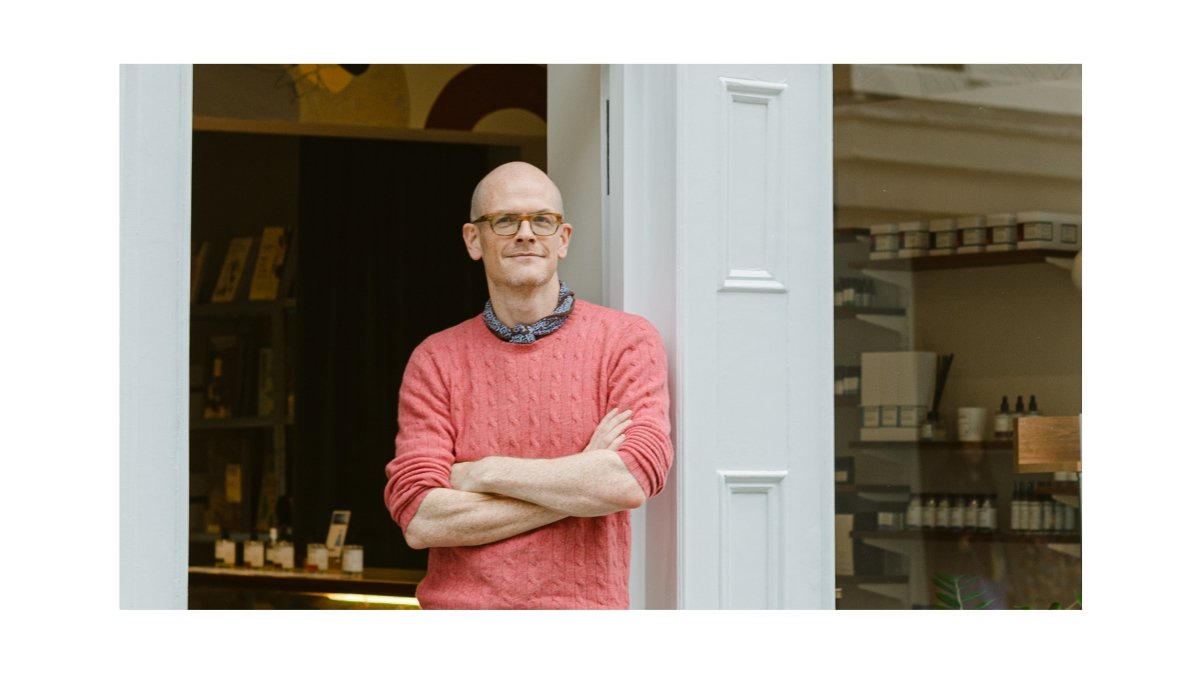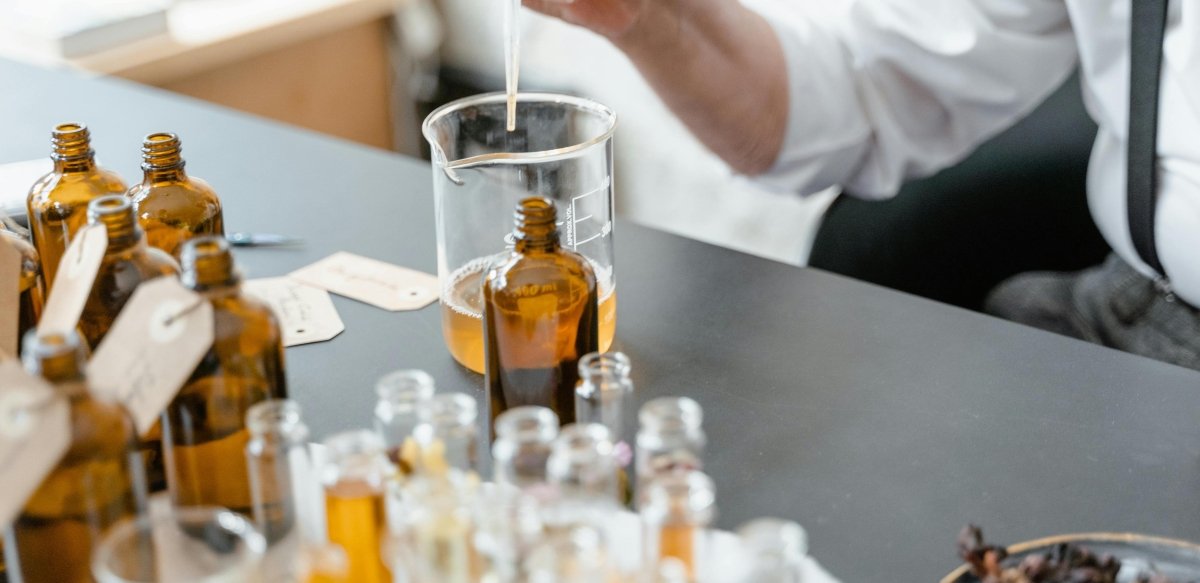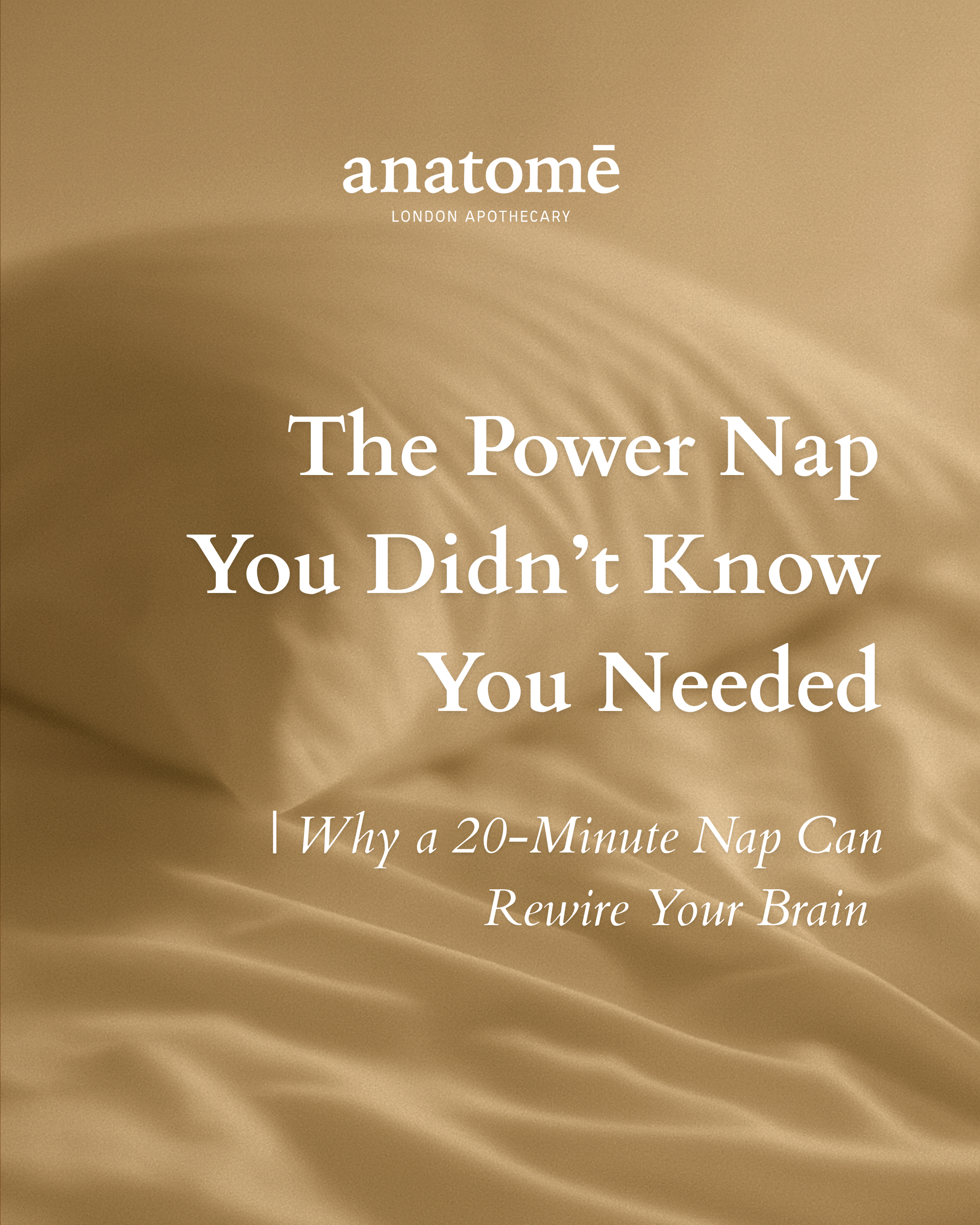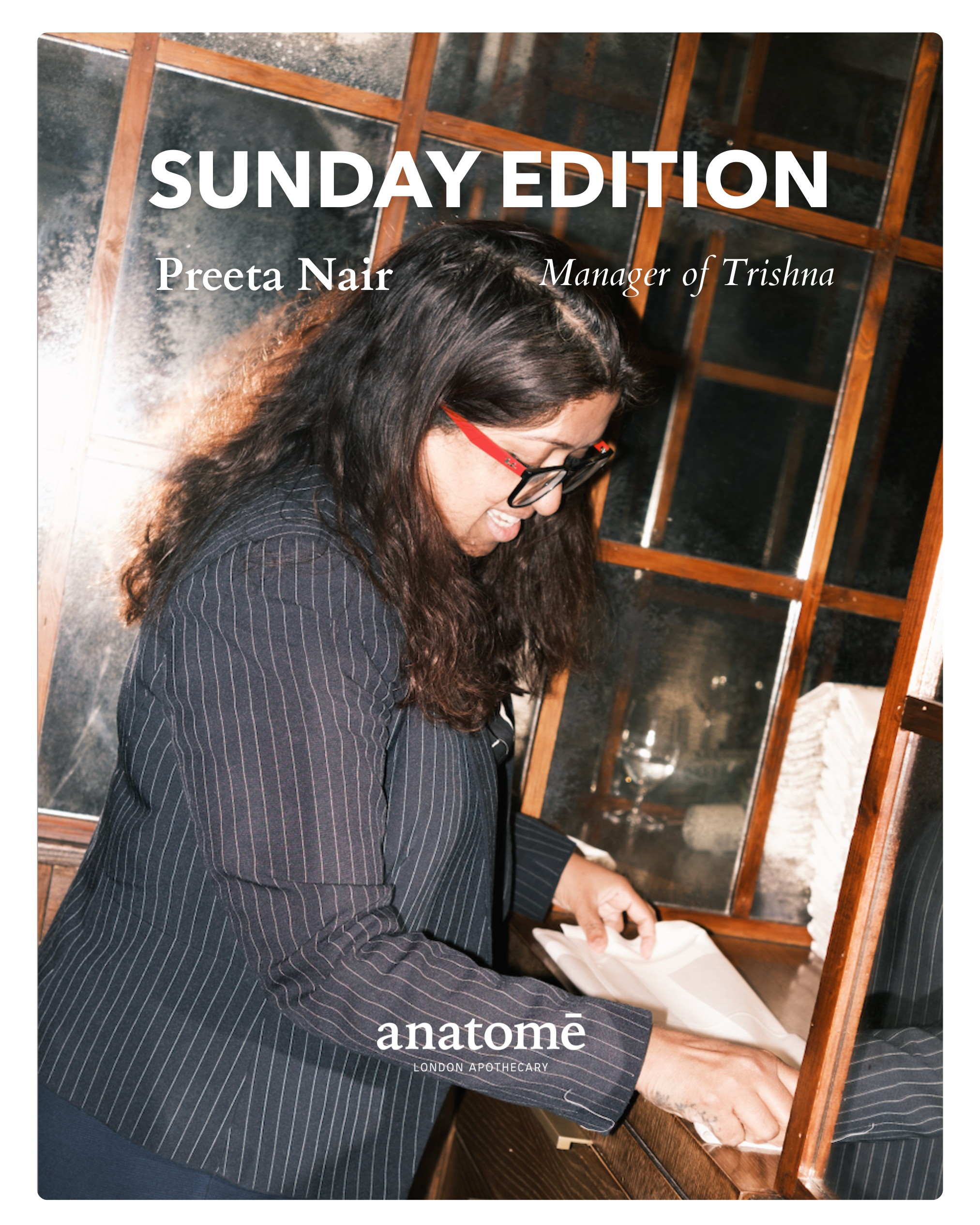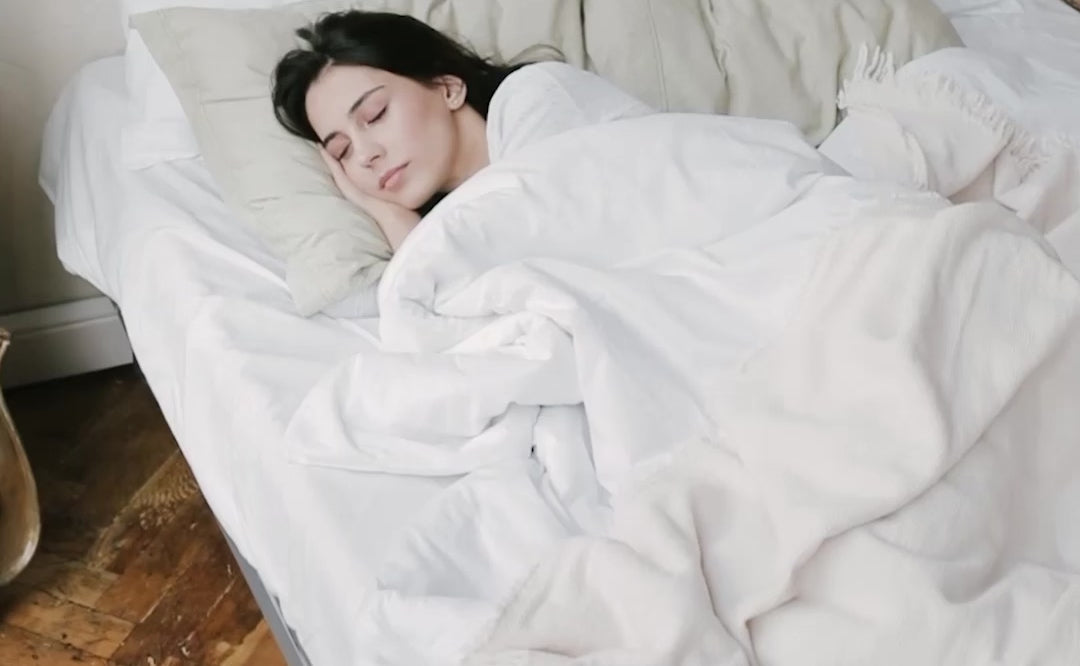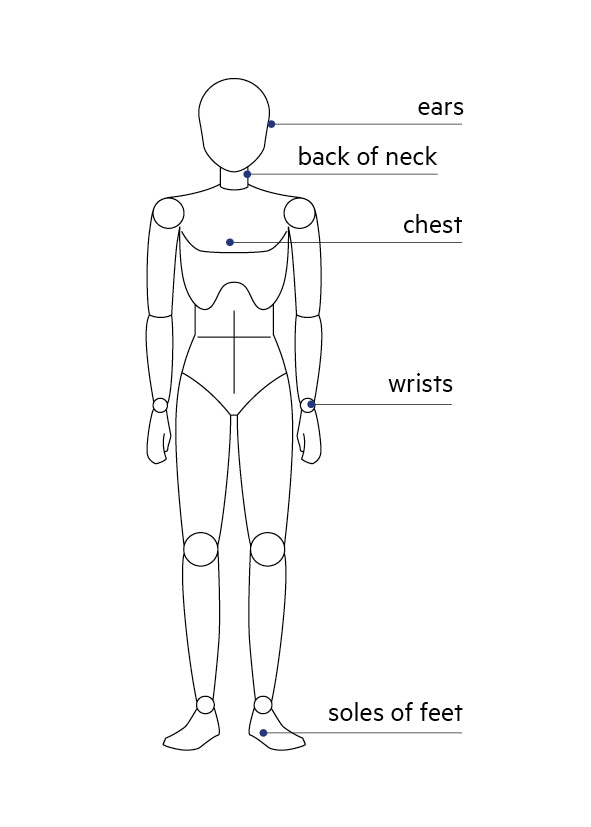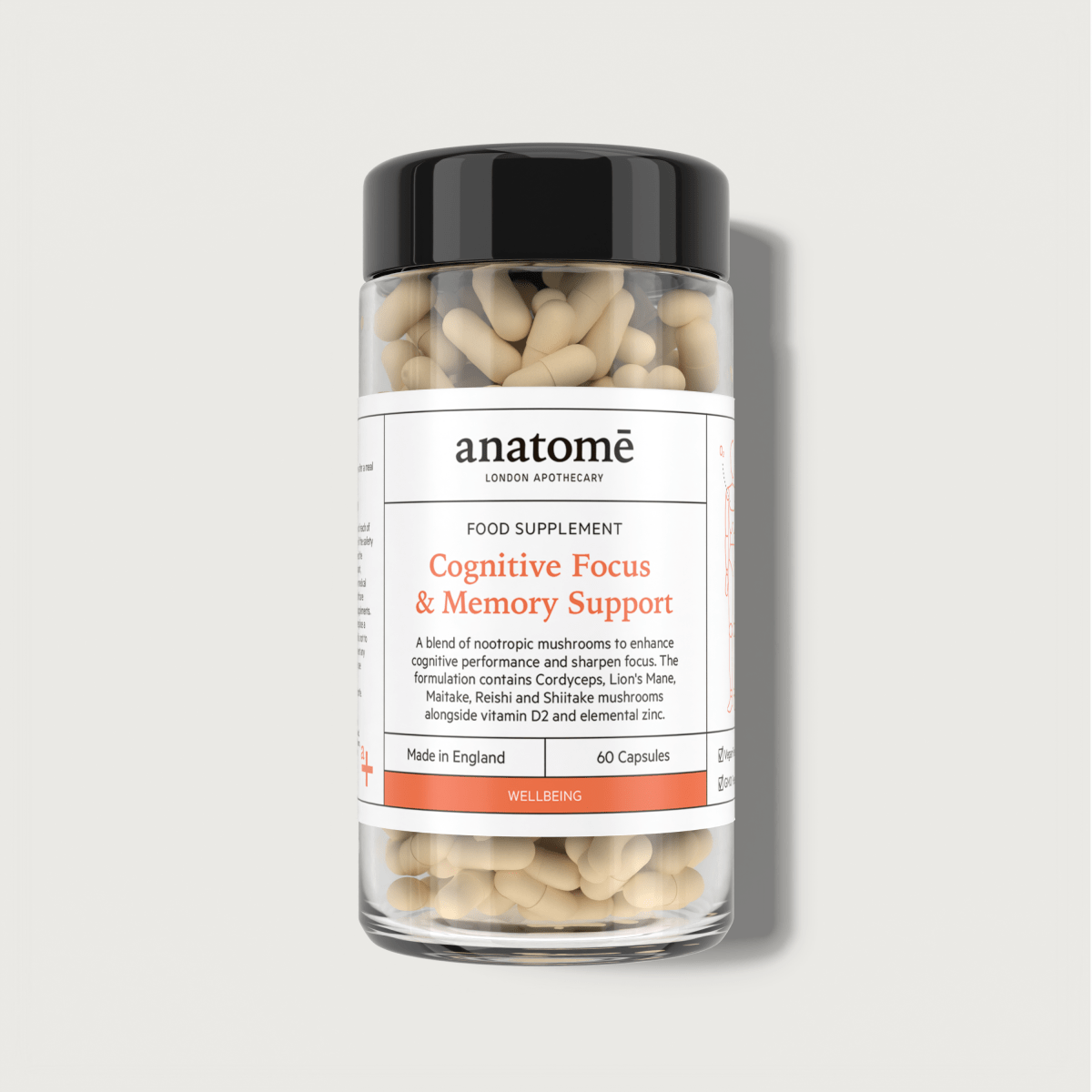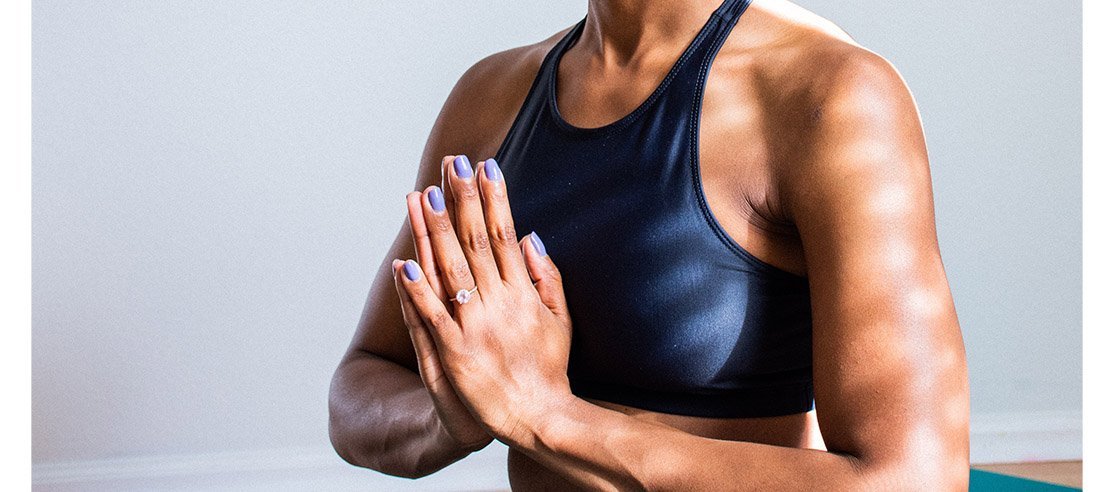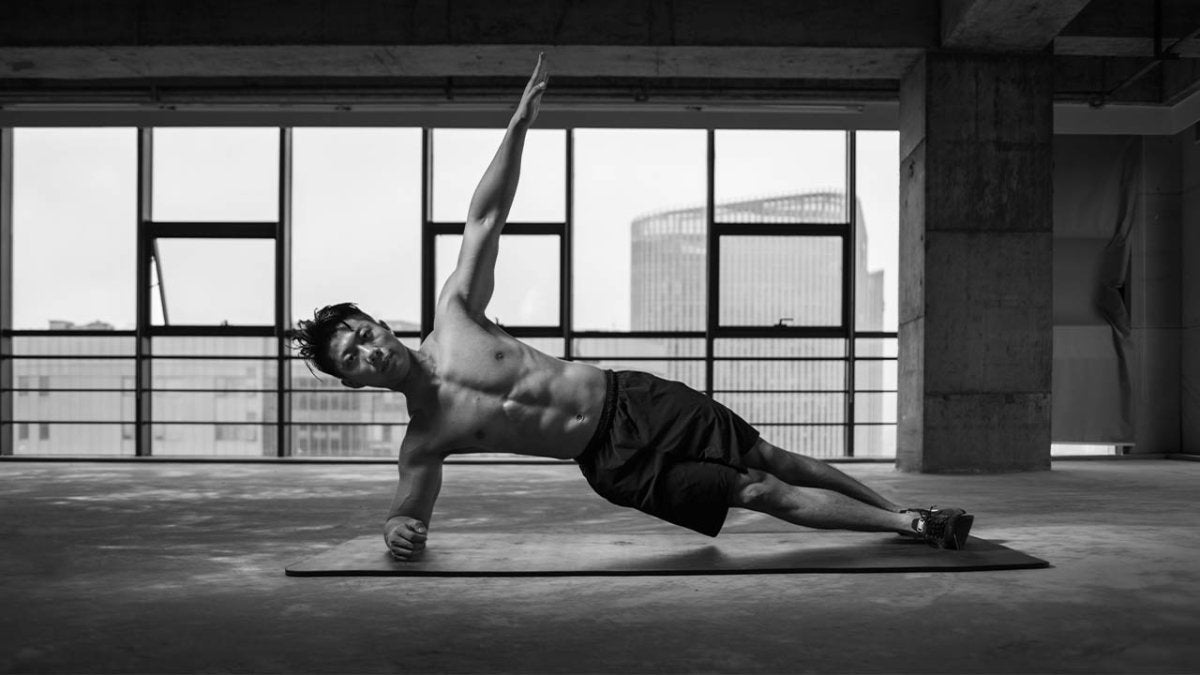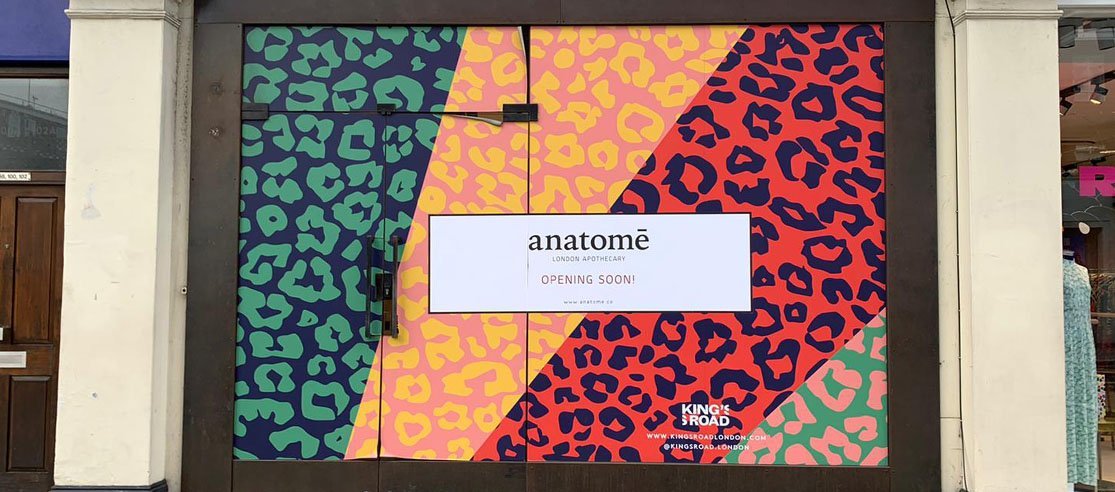
Exploring Chelsea: discovering the history of King's Rd
This week, anatome opens its newest store on the infamous King’s Road in Chelsea. A long standing community hub for surrounding neighbourhoods and one of the most loved spots in London to visit. Connecting with our communities is very much part of the anatomē philosophy and we are delighted to be able to call this vibrant London neighbourhood our new home. Steeped in iconic heritage and an important figure in British culture, we’re going to look into its fascinating history.
Beginning of the King’s Road
In 1694, King Charles II had the road built to travel more easily from his palaces to Kew. It was a royal private road all the way until 1830, when it opened up to the general public. However, in that intervening period, it was available for use by people with connections. From 1845 to 1877, wealthy Londoners went to Cremorne Gardens on the west end of the road to have parties with fireworks, galas and performances. In 1876, the world’s first artificial ice rink opened on the road. A number of notable people lived there during this time including photographer Christina Broom, composer Thomas Arne, and Dame Sybil Thorndike.
King’s Road in the 20th Century
While the early history of the King’s Road is interesting, it didn't really kick off until the 1900’s. The Chelsea Palace of Varieties, originally opened in 1903, became the home of numerous music shows, but failed as a music hall in the early 50’s. Before it did so, it was the inspiration of John Osborne’s The Entertainer, after he saw a performer doing a poor impression of Charles Laughton’s Quasimodo, and saw a sort of honor in his dedication to the role. It was then bought by Granada Television and became a studio space that featured visiting American artists such as Billie Holiday, Ella Fitzgerald, and Tony Martin. The Billie Holiday performance on Chelsea at Nine was the last live performance she gave before succumbing to cirrhosis of the liver just five months later.
In the 1960’s, King’s Road became the home of mod culture. Mary Quant got her start in a boutique, near what is now a Santander Bank, but at the time was a popular pub, called Bazaar which kicked off the mini-skirt fad. Within 10 days of opening, they were sold out of merchandise, with Quant saying, “People were sort of three-deep outside the window. The Royal Court Theatre people were mad about what we were doing.” They were a part of what was called the ‘Chelsea Set,’ which she once described as a “bohemian world of painters, photographers, architects, writers, socialites, actors, con-men, and superior tarts.”
This unconventional attitude stayed throughout the 70s and 80s, when the King’s Road became a symbol for counterculture. Vivienne Westwod opened up her first boutique on the King’s Road in 1971 and just four years later, it became the home of SEX boutique, which helped to spawn punk. In 1977, gay rights activists marched along the King’s Road to protest against the conviction of Gay News staff for writing “blasphemous libel.” It’s also said that the pub next to Bazaar, The Markham Arms (now a bank), was a popular spot for the LGBTQ+ community in the 70s. The King’s Road was also the home of Led Zeppelin's record label, but they closed up shop in 1983.
In 1984, a salon called “Smile” was opened by Keith Wainwright, who started the first men’s hairdressers that catered to the longer men’s styles. They had clients such as Cat Stevens, The Walker Brothers, and Elton John. Also, the Pet Shop Boys met at an electronics store on the King’s Road in 1981.
King’s Road Now
The King’s Road now serves as Chelsea’s high street. It’s sectioned into five districts that highlight the different landmarks, junctions, and the distinctions in character. From Sloane Square with the Venus Fountain, to World’s End with the Chelsea Theatre, there’s something for everyone to discover along the King’s Road, including us. Our King’s Road store opens on 6th December at 96 Kings Road, Chelsea SW3, we can’t wait to see you there.

